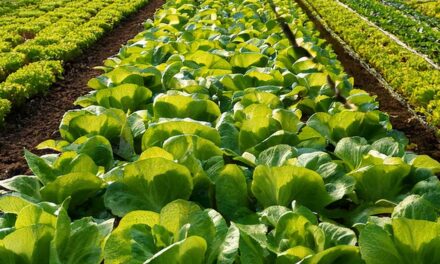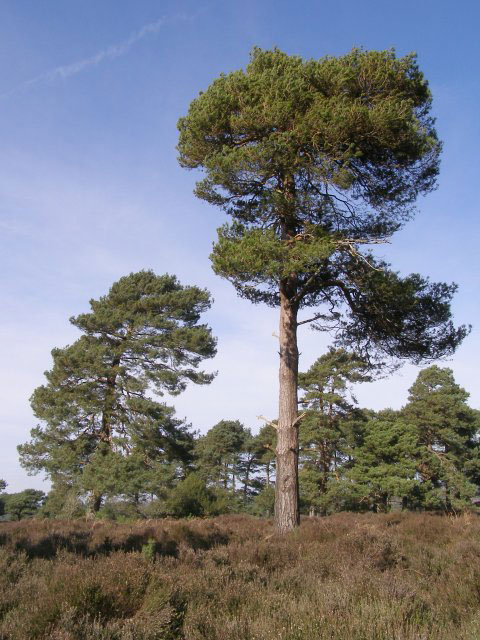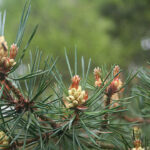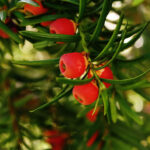
Scots Pine: A Hardy Conifer of the Northern Forests

The Scots pine is a tree that has stood the test of time. Found throughout the northern forests of Europe and Asia, it’s a resilient evergreen that thrives in tough conditions. Beyond its role in nature, the Scots pine has a special place in the history of Christmas traditions. In this post, we’ll explore what makes this tree a botanical wonder, how it contributes to its ecosystem, and its ties to Christmas celebrations.
Botanical Characteristics of the Scots Pine
The Scots pine is a striking conifer with several unique features that make it easy to recognise. Its long, slender needles, which are blue-green in colour, are one of its most distinctive traits. These needles are crucial for photosynthesis, allowing the tree to survive in the cold northern climates.
Another feature that stands out is the bark. The Scots pine has a rough, scaly bark that peels in thin, reddish-brown plates, revealing the tree’s true age. The cones, which start out green before maturing to a brown hue, play a key role in its reproduction, releasing seeds that can survive in harsh, dry conditions.
The Scots pine is a tall tree, typically growing between 35 to 45 metres in height, though it can reach up to 60 metres in ideal conditions. Its spread is usually around 5 to 7 metres wide, with a pyramidal shape when young that becomes more irregular and open as it matures. In terms of growth rate, the Scots pine is considered moderate to fast-growing. Under ideal conditions, it can grow 30 to 60 cm per year.
Image by Jim Champion via Wikimedia / CC BY-SA 2.0
Scots pine has adapted to thrive in some of the coldest environments. It has a deep taproot that anchors it firmly into the ground, helping it survive harsh winters and droughts. These adaptations have helped it survive in climates where other trees struggle to grow.
Ecological Importance
The Scots pine is a key player in its native habitats, especially in the boreal forests of the northern hemisphere. It helps form a dense forest canopy that provides shelter and food for a wide variety of wildlife, including birds like woodpeckers and mammals like red squirrels. Its seeds are a food source for many small animals, and the tree itself offers nesting sites for birds.
Beyond providing habitat for wildlife, the Scots pine plays an important role in the environment. Its dense roots help prevent soil erosion, especially in mountainous regions, and its fallen needles contribute to the acidity of the soil, making it more fertile for other plants that can grow in its shade.
Cultural and Christmas Significance
The Scots pine holds cultural significance in many regions, particularly in Scotland, where it is considered the national tree. Throughout history, it has been valued for its timber, which is used in everything from construction to furniture-making. The tree’s strength and durability have made it a symbol of resilience in harsh conditions.
At Christmas, the Scots pine occasionally takes the spotlight as a festive tree. While it’s not as common as other species like the Nordmann fir, it’s still found in some homes, particularly in northern regions where it’s native. Its sturdy branches and rich green needles make it a suitable choice for a Christmas tree, and its connection to the winter landscape gives it a special place in holiday traditions.
The Scots pine is more than just a tree; it’s a vital part of northern ecosystems and a testament to strength and endurance. From its unique botanical features to its place in Christmas traditions, it’s a tree that continues to captivate and support life in the harshest of environments. As we celebrate the holiday season, we can also appreciate the Scots pine for all the beauty and resilience it brings to our natural world.
Header image by Des Colhoun via Wikimedia. Image cropped. / CC BY-SA 2.0














